Chernobyl’s Green Tree Frogs Are Turning Black to Better Handle Radiation
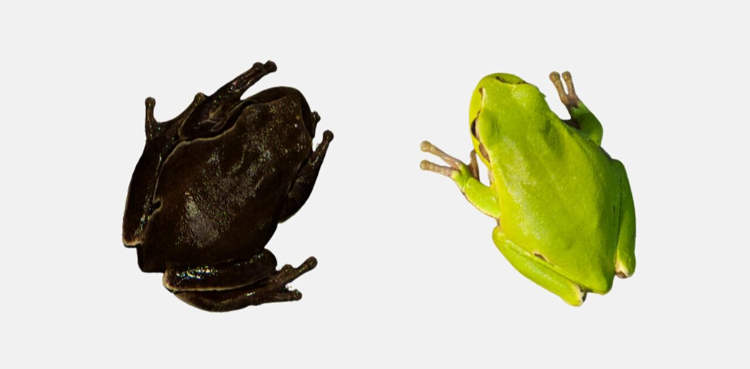
Researchers have discovered that green tree frogs in the Chernobyl Exclusion Zone have turned dark in order to better mitigate the effects of radiation. In April of 1986, a reactor at the Chernobyl nuclear power plant in Ukraine exploded, releasing approximately 100 times the energy released by the nuclear bombs of Hiroshima and Nagasaki and […]
This Marine Mollusk Has Teeth Literally as Hard as Steel
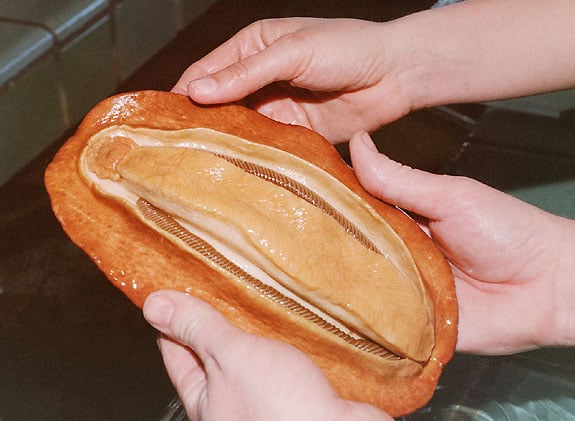
The gumboot chiton, a marine mollusk also known as the Wondering Meatloaf, has teeth made of the hardest biological material known to man. Magnetite is a geologic mineral commonly found in the earth’s crust, but it’s also somehow produced by the gumboot chiton and synthesized into rows of small teeth hard enough to scrape algae […]
‘Door Head Ants’ Use Their Large Flat Heads as Doors to Shut Down Their Nests
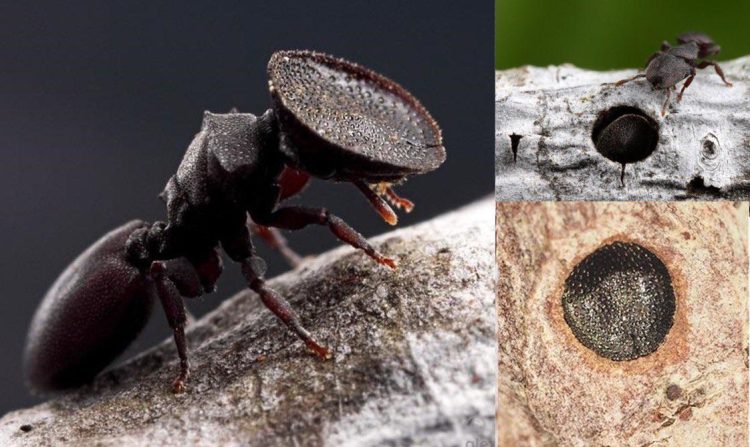
The workers of several ant species have large, flattened, and slightly concave heads that they use as plugs to block entrance to their colonies’ nests. The so-called ‘door head ants’ are soldier ants with armored heads that match both the size and the shape of the entrance to their colonies’ nests almost to perfection. They […]
This Fascinating Bird Looks Like a Feathered Dragon
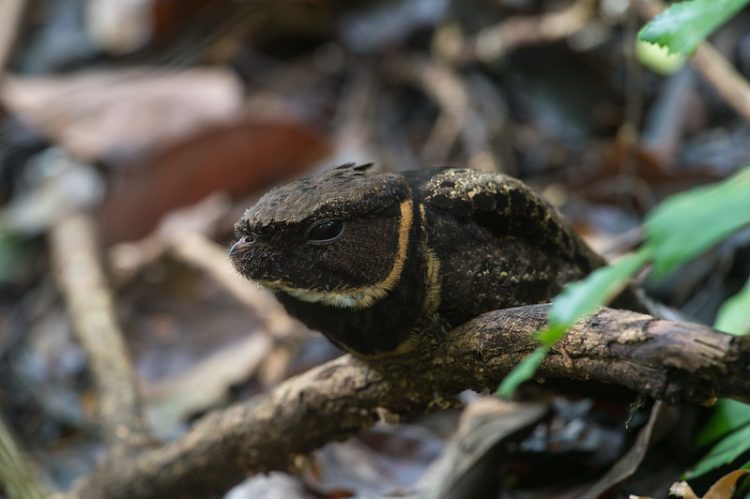
What do you get if you mix a bird, a squirrel and a lizard? Well, I think you’ll have a tough time finding a better answer than the Great Eared Nightjar. Seeing a great eared nightjar for the first time, you’d be forgiven for mistaking it for a squirrel or even a lizard. The fact […]
Plant Evolves to Become Less Visible to Humans in Areas With Excessive Harvesting
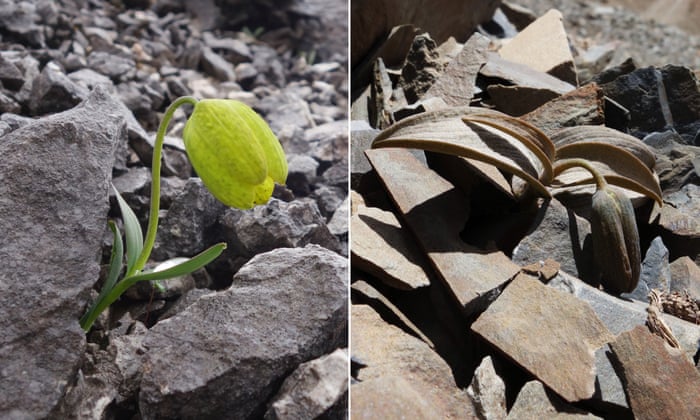
Fritillaria delavayi, a plant used in traditional Chinese medicine, has apparently evolved to match its background and become more difficult to spot as a direct consequence of heavy harvesting. Scientists had known that many plants evolved to use camouflage as a way of hiding from herbivores that may eat them, but a recent study suggests […]
The Elusive “Scorpion Beetle” – The Only Known Insect Capable of Inoculating Toxins Through Its Antennae
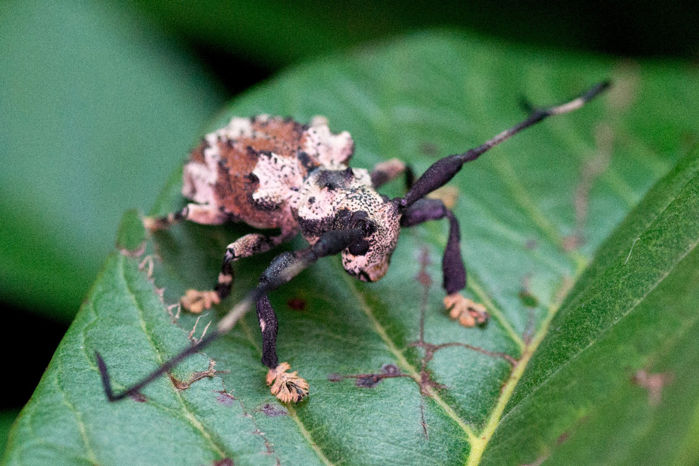
Beetles are generally regarded as harmless to humans. Out of the over 350,000 documented species of beetle, only three are actually known to bite people, and only if they feel threatened. However, there is another species that few sources mention. Onychocerus albitarsis, aka Scorpion Beetle, is the only known insect capable of stinging humans with […]
Members of Indonesian Sea Nomad Tribe Can Stay Underwater for Up to 13 Minutes at a Time, Thanks to Their Unusually Large Spleens

Known as ‘Sea Nomads’, the Bajau people have wandered the waters of southern Asia for thousands of years, living in house boats and free diving for fish. They’ve long been known for their ability to stay underwater for long periods of time, but until recently, no one really knew how they were able to keep […]
